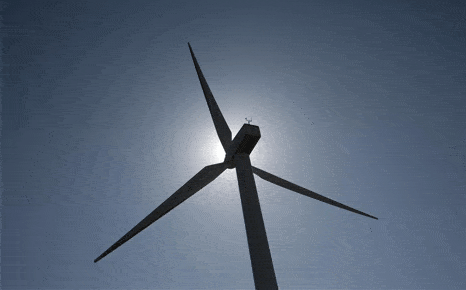“We can’t give up oil and coal because it will ruin our economy.” This is an argument often thrown about by politicians, ignorant policy makers and Fox News peeps. In reality, they couldn’t be more wrong. It’s enough to read the extensive report published by the IEA, titled Energy Technology Perspectives 2014, which analyzes how the energy sector might look like 40 years from now to understand why this is so. By closely working together in a coordinated effort, the report concludes, the world might save 71trillion by 2050, a huge economic bonus to saving the planet from global warming.
“The USD 44 trillion additional investment needed to decarbonise the energy system in line with the 2DS [2C scenario] by 2050 is more than offset by over USD 115 trillion in fuel savings – resulting in net savings of USD 71 trillion,” the report reads.
It’s not just about the money. But… money helps to change minds
The report explores the changes required to keep the world within 2C of warming by the end of the century – a goal often targeted to mitigated climate change. The economic advantages, however, are definitely important as well support those who say that it is possible to decouple economic growth from emissions. The EU, for instance, has been marching on this road for some time now and is well on its way of reducing its emissions by 20% by 2020. That doesn’t mean less carbon will get in the atmosphere, though. China is compensating and paying through the nose for its 10% economic growth per year sustained by massive fossil burning.
[READ] When it comes to global warming, the polar bear is us
The future of the energy system will depend upon the price of renewables, energy efficiency, carbon capture and storage (CCS) technology and new climate policies, the report forecasts.
In a 2C scenario, it predicts that renewable energy will provide around 65% of electricity by 2050, compared to 20% in 2011. At the same time, it warns that the continuing rise in the use of coal threatens to undermine progress made in renewables, with growth in coal-fired generation since 2010 amounting to more than that of all non-fossil fuel sources combined.
Another important highlight of the report is the predication that natural gas will loose its low-carbon sigil by 2025, as the increasing volume of renewables on the grid will mean that the energy supplied by gas becomes higher than the shifted average carbon intensity. Until then, however, gas will continue to play a pivotal role in energy supply.
Considering CO2 and greenhouse gases reductions, the biggest achievements will come not from displacing fossil fuel with renewable sources, but rather as a result of increase energy efficiency. Overall, the report concludes that policy and technology will become driving forces in transforming the energy sector over the next 40 years, and have the potential to avert a future of increasing energy insecurity and a volatile fuel supply.
“Recent technology developments, markets and energy-related events have asserted their capacity to influence global energy systems. They have also reinforced the central role of policy in the increasingly urgent need to meet growing energy demand while addressing related concerns for energy security, costs and energy-related environmental impacts.”
“Radical action is needed to actively transform energy supply and end use.”










